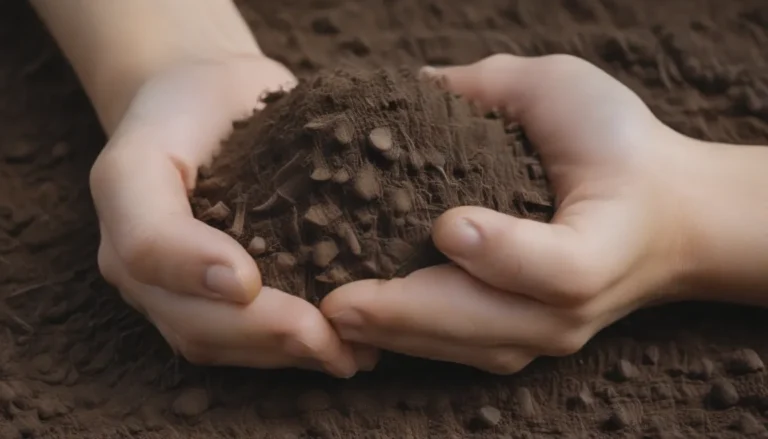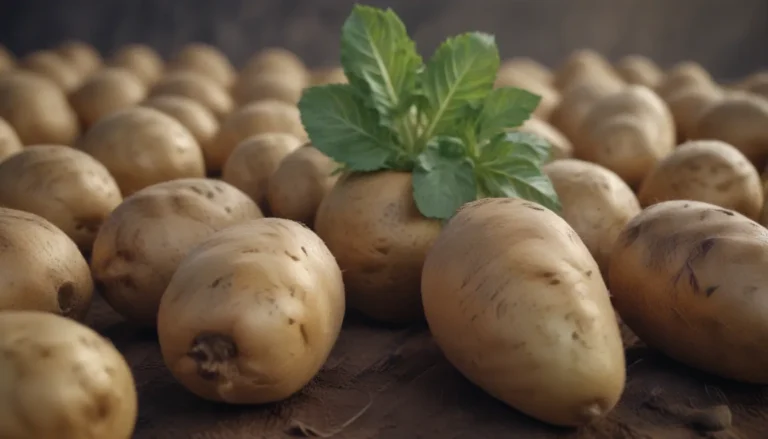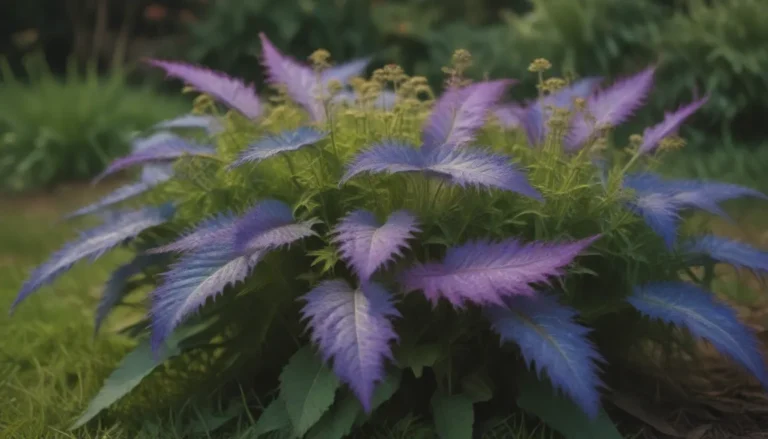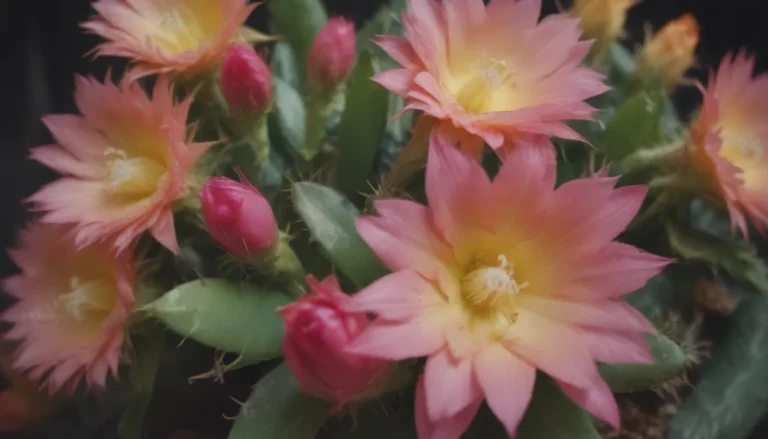Ultimate Guide to Growing and Caring for Alocasia Polly Houseplant
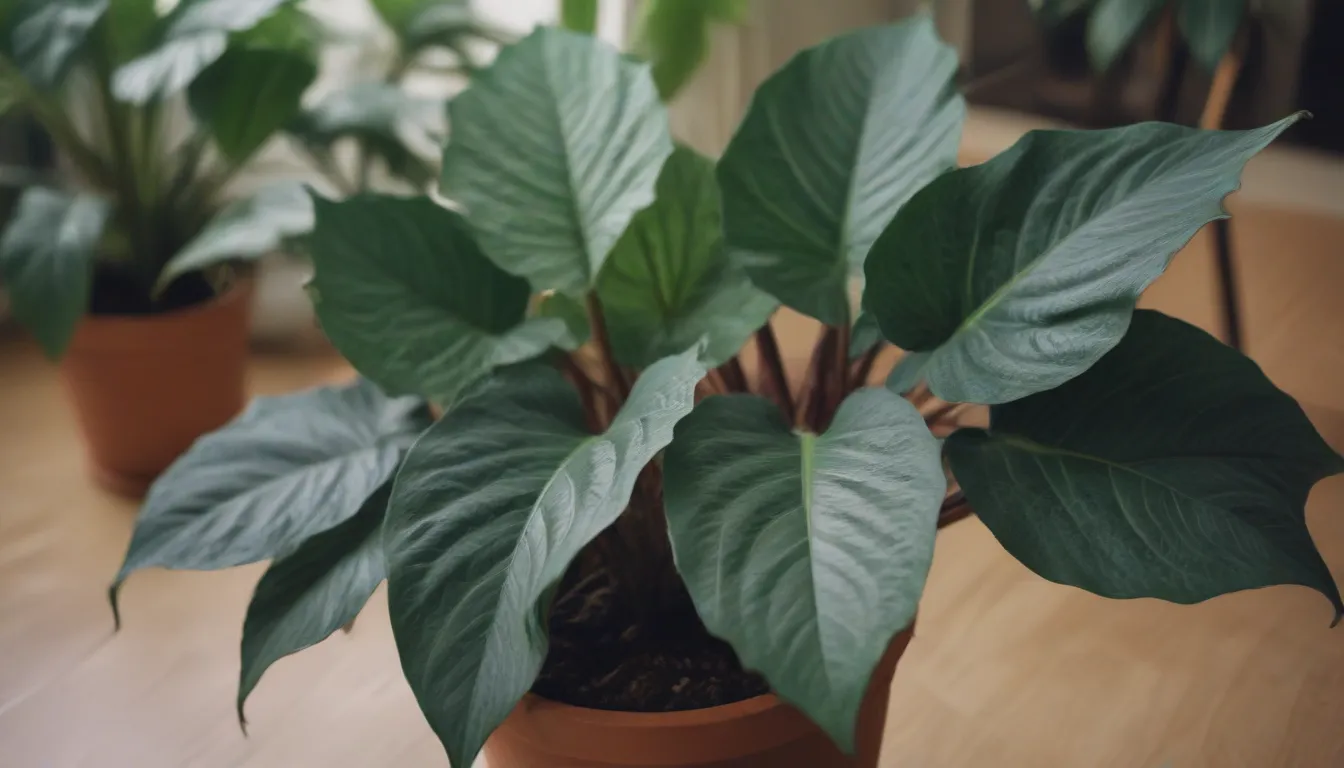
Are you looking to add a touch of tropical elegance to your indoor space? Alocasia Polly, a beautiful houseplant native to South Asia, might just be the perfect addition to your plant collection. With its striking foliage and relatively low-maintenance care requirements, Alocasia Polly is a popular choice for indoor gardeners. In this comprehensive guide, we will explore everything you need to know to successfully grow and care for Alocasia Polly in your home.
Alocasia Polly: An Overview
Before we delve into the specifics of caring for Alocasia Polly, let’s take a closer look at this stunning plant. Alocasia Polly belongs to the Alocasia genus and is a smaller relative of the more massive elephant ear plants. Known for its arrowhead-shaped leaves and distinctive veining, Alocasia Polly adds a touch of exotic beauty to any indoor space.
Key Features of Alocasia Polly:
- Arrowhead-shaped leaves with striking veining
- Native to tropical regions of South Asia
- Suitable for indoor cultivation year-round
- Low-maintenance plant with basic care requirements
Now that you’re familiar with the basics of Alocasia Polly, let’s explore how you can ensure the health and vitality of this beautiful houseplant.
Growing Alocasia Polly: Care Requirements
To help your Alocasia Polly thrive, it’s essential to provide the right conditions and care. Here are the key care requirements for growing Alocasia Polly successfully:
Light
- Position your Alocasia Polly in bright, indirect light.
- Avoid direct sunlight, as it can lead to sunburn on the plant’s leaves.
- Use sheer curtains to filter harsh sunlight and protect the foliage.
Soil
- Plant your Alocasia Polly in a rich, well-drained potting soil.
- Choose a soil mix that contains organic matter to retain moisture effectively.
Water
- Keep the soil consistently moist, but avoid overwatering.
- Soggy soil can lead to root rot, while dry soil can trigger dormancy in the plant.
- Water when the top layer of soil begins to dry out, especially during the growing season.
Temperature and Humidity
- Maintain temperatures above 65 degrees Fahrenheit for optimal growth.
- High humidity levels are beneficial for Alocasia Polly.
- Consider grouping the plant with other humidity-loving plants or using a humidifier.
Fertilizer
- Fertilize your Alocasia Polly regularly during the growing season.
- Use organic houseplant fertilizer diluted to half strength every two weeks.
- Discontinue fertilization in the fall and resume in the spring.
By providing the right light, soil, water, temperature, and humidity, you can create the ideal conditions for your Alocasia Polly to thrive.
Maintaining Your Alocasia Polly: Pruning and Propagation
While Alocasia Polly is relatively low-maintenance, occasional pruning and propagation can help keep your plant healthy and vibrant.
Pruning
- Prune dead or damaged leaves in spring or summer.
- Use sterilized pruners to remove leaves at the base of the stem.
- Remove spent flower heads to promote new leaf growth.
Propagating Alocasia Polly
- Propagate your Alocasia Polly through division.
- Wait until the plant has at least two bulbs with two leaves before dividing.
- Spring and summer are ideal for propagation when the plant is actively growing.
Maintaining your Alocasia Polly through proper pruning and propagation practices can ensure a healthy and vibrant plant for years to come.
Potting and Repotting Alocasia Polly
Repotting your Alocasia Polly every two to three years is essential to refresh the soil and allow for healthy growth. Here are some key tips for potting and repotting your plant:
- Repot in the spring when the plant is out of dormancy.
- Choose a container one size larger than the current pot.
- Use fresh soil and opt for a plastic or glazed ceramic pot for moisture retention.
By repotting your Alocasia Polly at the right time and using the correct potting techniques, you can promote healthy growth and development.
Overwintering Your Alocasia Polly
During the winter months, your Alocasia Polly may show signs of dormancy or reduced growth. Here’s how you can support your plant during the winter season:
- Keep your plant in a warm, well-lit area.
- Use a grow light to supplement natural light during shorter days.
- Reduce watering frequency to accommodate the plant’s dormancy.
With proper care and attention, your Alocasia Polly can thrive even during the colder winter months.
Common Pests and Plant Diseases
Alocasia Polly is susceptible to common houseplant pests such as spider mites, scale, mealybugs, and aphids. Here are some tips for identifying and managing pest infestations:
- Regularly inspect your plant for signs of pests.
- Treat pest infestations promptly with rubbing alcohol or neem oil.
- Quarantine affected plants to prevent the spread of pests to other plants.
By staying vigilant and addressing pest issues promptly, you can keep your Alocasia Polly healthy and pest-free.
How to Encourage Blooming in Alocasia Polly
While Alocasia Polly is primarily grown for its striking foliage, it can bloom in the right conditions. Here’s how you can encourage blooming in your Alocasia Polly:
Bloom Months
- Alocasia Polly typically blooms in the summer months.
Flower Appearance
- The plant produces small, pale flowers in white or yellow hues.
Blooming Tips
- Provide bright, indirect light for optimal blooming.
- Maintain consistent moisture levels in the soil.
- Remove spent flowers to encourage new blooms.
With the right care and conditions, you can enjoy the beautiful blooms of your Alocasia Polly during the summer months.
Addressing Common Problems with Alocasia Polly
Despite your best efforts, you may encounter some common challenges when caring for Alocasia Polly. Here are a few issues you might come across and how to address them:
Brown Patches on Leaves
- Move the plant to a location with less direct sunlight to prevent leaf scorching.
Yellowing Leaves
- Adjust your watering schedule to prevent overwatering or underwatering, which can cause yellowing.
Drooping or Losing Leaves
- Maintain a stable environment with consistent light, temperature, and humidity levels.
- Consider using a grow light to provide additional lighting during the winter months.
By identifying and addressing common problems promptly, you can ensure that your Alocasia Polly remains healthy and vibrant.
Conclusion
In conclusion, Alocasia Polly is a stunning houseplant that can thrive in indoor environments with the right care and attention. By following the guidelines outlined in this comprehensive care guide, you can create an ideal growing environment for your Alocasia Polly and enjoy its beauty for years to come. Remember to provide adequate light, soil, water, and nutrients, as well as to monitor for pests and diseases regularly. With proper care, your Alocasia Polly will reward you with lush foliage and occasional blooms, adding a touch of tropical elegance to your home. Happy growing!
